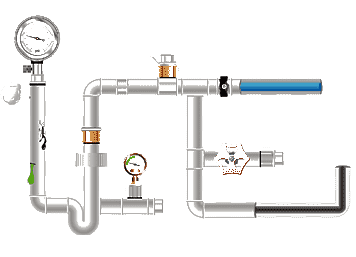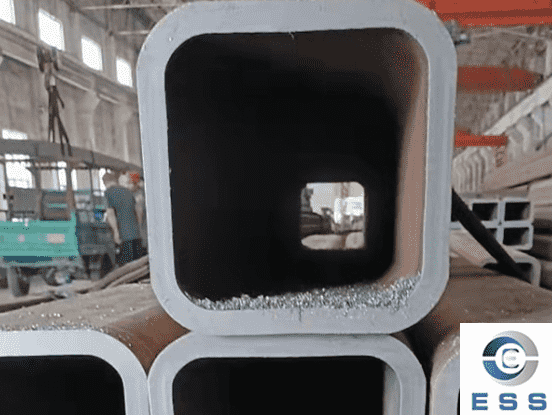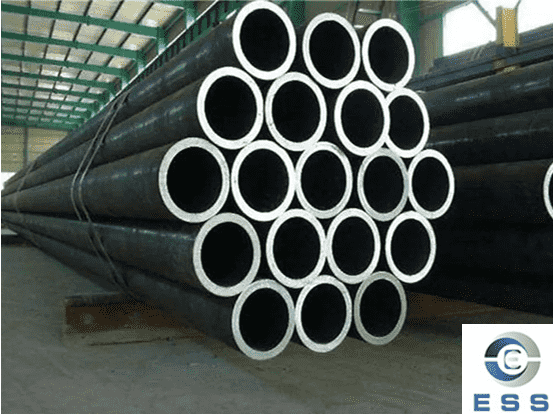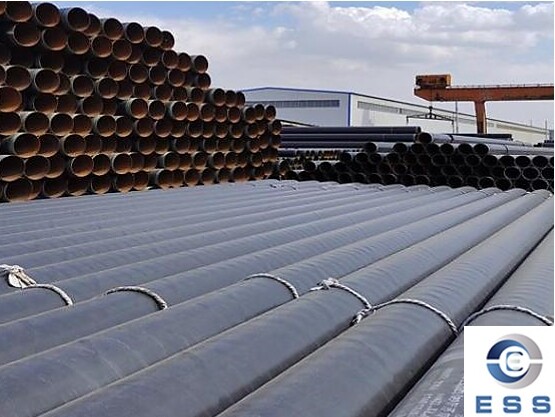
Choosing the right pipe material is a
crucial step in the installation of a piping system. Copper pipe and carbon
steel pipe are two common pipe materials, each with different installation
characteristics. This article will compare the ease of installation of copper
pipe and carbon steel pipe to help you better choose the right pipe material.
Difference between copper pipe and
carbon steel pipe
Copper pipe and carbon steel pipe have
obvious differences in material and use.
The main component of copper pipe is
copper. It is made of pure copper or copper alloy and is usually used to make
water pipes, gas pipes, air conditioning pipes, etc. Copper pipes have
excellent corrosion resistance, thermal conductivity and sealing, and have a
long service life
Carbon steel pipes are mainly composed of
carbon and are usually used to transport liquids and gases for industrial
purposes. Carbon steel pipes have excellent strength and durability and are
also widely used in construction, manufacturing and automotive industries.
Copper pipe installation steps
1. Preparation work
Before installing the copper pipe, you need
to prepare the necessary tools and materials, including copper pipes, pipe joints, elbows, pipe flanges,
etc., as well as tools such as wrenches, pliers, and cutters.
2. Measurement and pipe cutting
Before installing the copper pipe, it is
necessary to measure and determine the length and bending angle of the pipe,
and then use the cutter to cut the copper pipe to the corresponding length.
3. Assemble the pipe fittings
Insert the copper pipe into the pipe joint,
tighten the nut with a wrench to ensure that the copper pipe is tightly
connected to the pipe fitting.
4. Install the elbow
Where a turn is required, use the elbow to
bend the copper pipe, paying attention to the bending angle and bending
position.
5. Install the flange
Where other equipment or components need to
be connected, use the flange to connect the copper pipe to other components.
6. Test the pipeline
After the copper pipe is installed, it
needs to be tested to ensure that there are no problems such as water leakage
and seepage in the pipeline.
Carbon steel pipe installation steps
1. Preparation work
Choose the appropriate carbon steel pipe
material and perform cutting, chamfering, polishing, etc. as required. Prepare
the required pipe joints, flanges and other accessories and welding equipment,
including welding machines, gas cylinders, power supplies, etc.
2. Pipeline installation
Determine the layout and direction of the
pipeline according to the design drawings. Select the appropriate type and
number of brackets and install them on the pipeline. Assemble and install the
prepared carbon steel pipe materials and accessories. Finally, weld the
interface.
3. Bracket installation
Determine the position and number of
brackets according to the design requirements. Install the bracket on the
pipeline and fix it. Ensure that the bracket is installed firmly and will not
loosen or fall off.
4. Anti-corrosion treatment
Use detergent and clean water to clean the
surface of the pipeline to remove dirt, grease and other substances. Derust the
surface of the pipeline to ensure a smooth surface, and spray the surface of
the pipeline to ensure that the pipeline is not corroded for a long time.
Installation characteristics of copper
pipes
Copper pipes are often used in water supply
and drainage systems, refrigeration systems and heat exchange equipment due to
their excellent thermal conductivity and corrosion resistance. However, the
installation of copper pipes also has its own unique requirements and
challenges:
1. Welding difficulty
Copper pipes are prone to oxidation,
deformation and pores during welding, so the welding process needs to be
strictly controlled and suitable welding materials (such as copper welding rods
or silver welding rods) need to be used.
2. Connection method
Copper pipes are usually connected by
welding, brazing or ferrule. Welding requires a high level of technical
proficiency, while ferrule connection is relatively simple.
3. Cost
The material cost of copper pipes is
relatively high, which may affect their application in some projects to a
certain extent.
Installation characteristics of carbon
steel pipes
1. Welding performance
Carbon steel pipes are easy to weld and
suitable for a variety of welding methods (such as arc welding, TIG welding and
MIG welding). The welded joints are of high quality and the weld strength and
sealing are good.
2. Connection method
Carbon steel pipes are usually connected by
welding or flange. Welding connections are firm and low cost, while flange
connections are easy to install and disassemble.
3. Cost-effectiveness
The material cost of carbon steel pipes is
relatively low, and the corrosion resistance can be further improved by
galvanizing.
Comparison of installation difficulty
|
Features
|
Copper pipe
|
Carbon steel
pipe
|
|
Welding difficulty
|
High, welding process needs to
be strictly controlled
|
Low, good welding performance
|
|
Connection
method
|
Welding, brazing, ferrule connection
|
Welding, flange connection
|
|
Installation technical
requirements
|
High, professional welding
technology required
|
Low, easy to master
|
|
Cost
|
High material cost
|
Low material cost
|
|
Applicable scenarios
|
Water supply and drainage,
refrigeration, heat exchange
|
Industrial pipelines, building
water supply and drainage
|
Summary
Copper pipes are difficult to install, but
have excellent thermal conductivity and corrosion resistance, and are suitable
for occasions with high requirements for heat conduction and corrosion
resistance, such as refrigeration systems and heat exchange equipment. Carbon
steel pipes are relatively simple to install, have good welding performance,
and are low in cost, making them suitable for a wide range of applications in
the industrial and construction fields. If you need to choose a pipe material
for your project, it is recommended to conduct a comprehensive evaluation based
on the specific application scenario and budget. For systems that require high
thermal conductivity and corrosion resistance, copper pipes are a better
choice; for projects that are cost-sensitive and require high welding
performance, carbon steel pipes are more suitable.
Read more: Roughness of carbon steel pipe









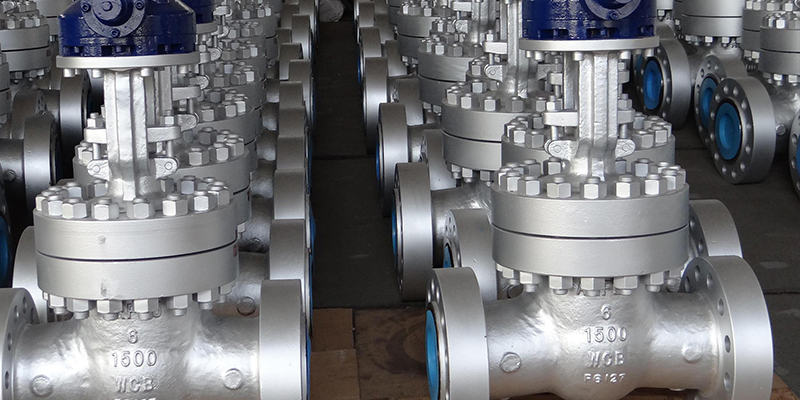
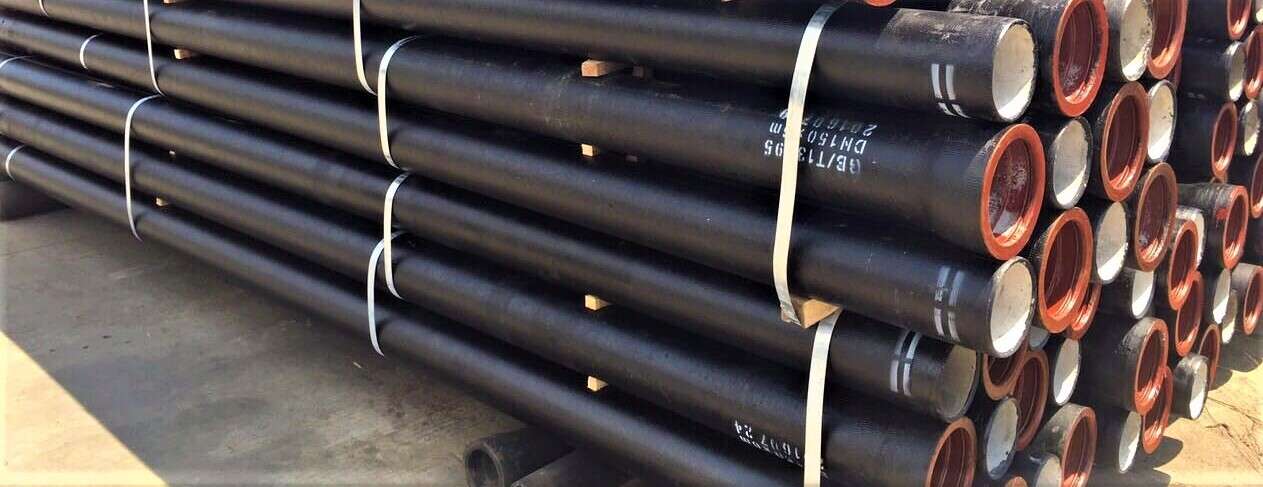


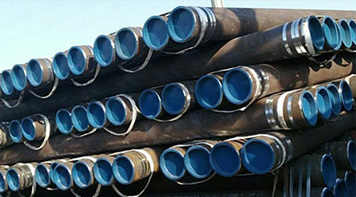 Eastern Steel Manufacturing Co.,Ltd not only improve product production and sales services, but also provide additional value-added services. As long as you need, we can complete your specific needs together.
Eastern Steel Manufacturing Co.,Ltd not only improve product production and sales services, but also provide additional value-added services. As long as you need, we can complete your specific needs together.
